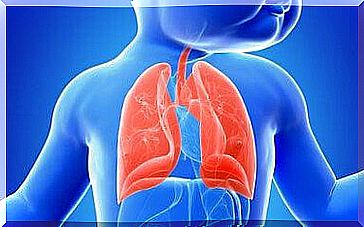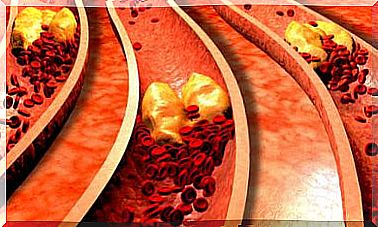Sarcopenia, Loss Of Muscle Mass
Sarcopenia is a medical term used to refer to loss of strength and muscle mass. The word comes from the Greek, where ‘sarco’ means muscle and ‘penia’, loss. It is an event that takes place especially with aging.
However, sarcopenia can also have other causes or be accentuated due to some pathology. It is estimated that, from the age of 30, the entire muscular system progressively loses mass and strength. This situation is accentuated after the age of 65, more or less.
This occurs more abruptly in women after menopause, while in men it is more gradual. Below we will explain everything you need to know about sarcopenia.
Why does sarcopenia occur?
As we have mentioned, sarcopenia is the loss of muscle mass and strength that is generally associated with aging. However, many factors are involved in its development in addition to age.
In the first place, there is an important genetic influence and also the own development of each person. Additionally, physical inactivity is known to be one of the biggest aggravators of sarcopenia. Sometimes, this inactivity is due to situations such as immobilization or a stage of hospitalization for an illness.
On the other hand, almost any chronic disease can trigger sarcopenia. Especially if it is an inflammatory pathology or cancer. Hormonal changes are also closely related. For example, the decrease in testosterone.
Similarly, decreased insulin secretion or resistance to it also appears to be associated with sarcopenia. We cannot forget that, if there is malnutrition or any disease that entails a deficit of nutrients, muscle mass will be affected.

What symptoms appear?
Sarcopenia causes a person’s functional capacity to decrease, because it is characterized by a strong feeling of weakness. For example, you tend to walk more slowly and clumsily, with constant falls.
This increases the number of admissions to the hospital, fractures and the need for surgery. People with sarcopenia often lose weight and stamina. Little by little, these patients feel more difficulty breathing with any effort.
In addition, scientists have associated sarcopenia with an increased risk of osteoporosis and diabetes. It is even thought that it may be related to disability and mortality.
How is sarcopenia diagnosed and treated?
The diagnosis of sarcopenia is complex, since quantifying a person’s muscle mass is difficult. The most common is to do physical tests that measure muscle strength and physical performance.

Imaging tests such as magnetic resonance imaging or computerized axial tomography are also used. In the same way, blood and urine tests are usually done to measure certain parameters that may be indicative.
When treating sarcopenia, the aim is to regain the mobility and abilities of that person. For this, it is essential to carry out physical exercise and maintain an adequate diet, which is rich in protein.
Ideally, training should be focused on exercises that increase muscular endurance, either with weights or with your own body weight. You always have to take into account your own limits and consult a professional if you have any questions.
What we must remember is that sarcopenia is closely related to aging, but this is not the only factor. If we maintain a healthy lifestyle and improve our physical capacity, we can prevent many complications.








